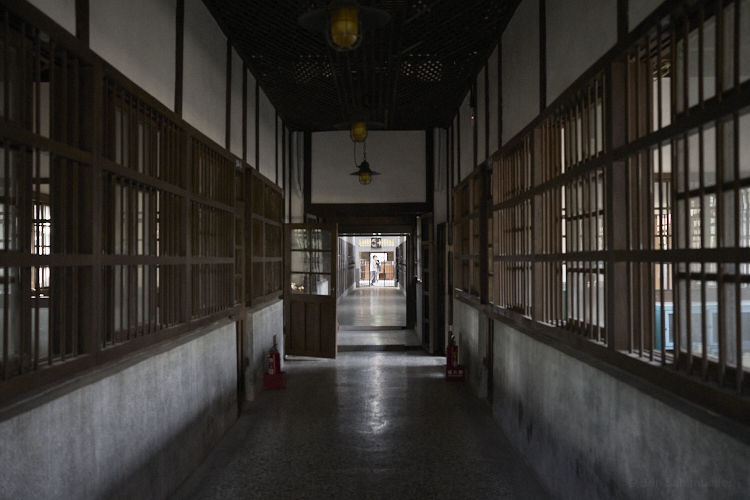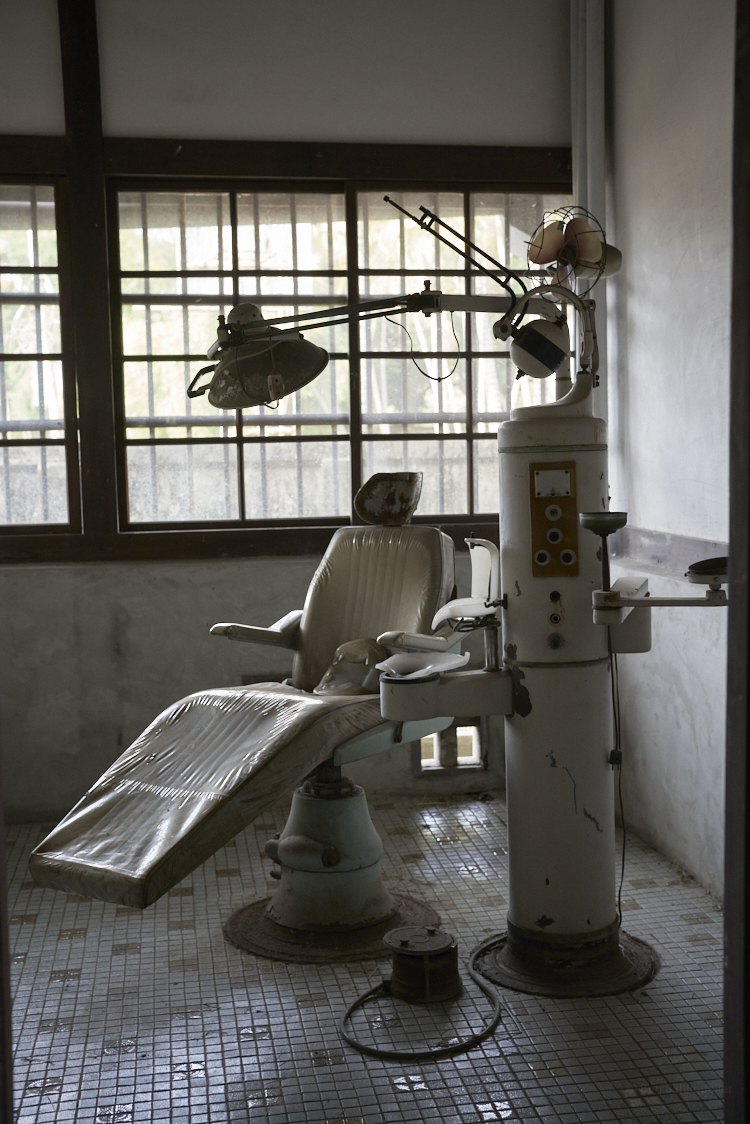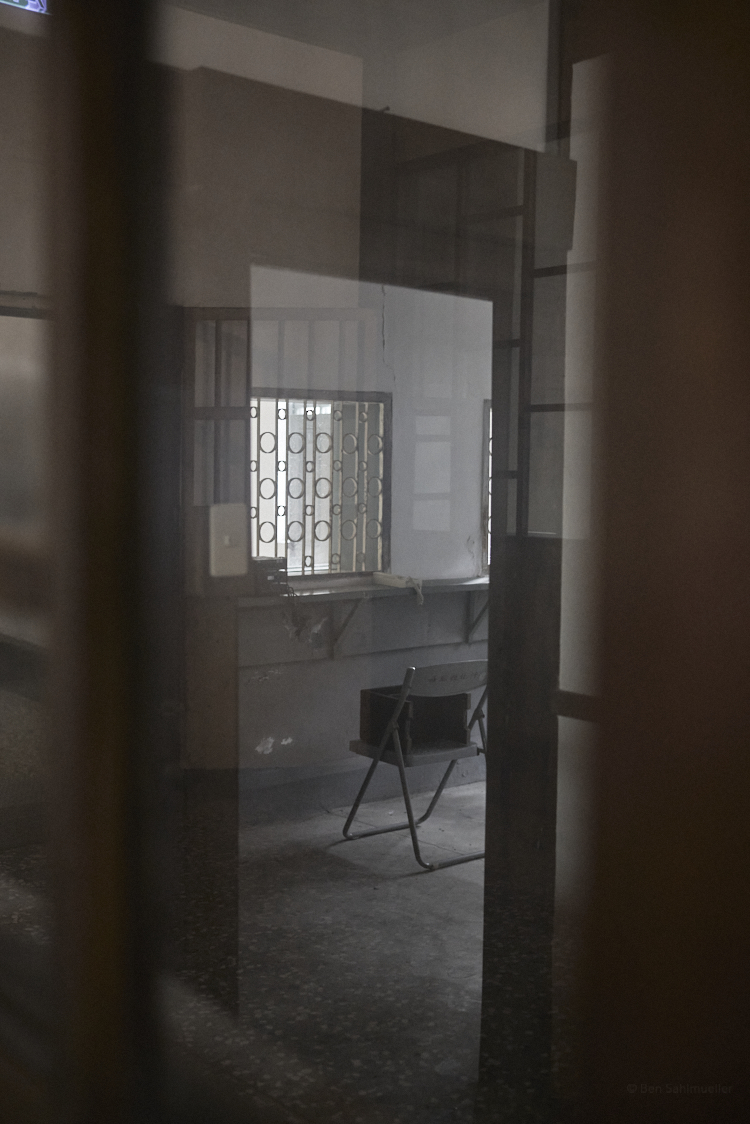Chiayi Old Prison (嘉義舊監獄), Ghosts of the past
This essay is part IV of a loose series reflecting on a visit to Chiayi in November 2022. Click here for part I (intro), part II (228 National Memorial Park), part III (228 Memorial Park), and part V (Chiayi Park).
From 1895 to 1945, Taiwan was a Japanese colony. The Japanese heritage is still present nowadays, even though it is often hard for me as a foreigner to draw the exact lines. Also, Japan is an important trade partner and ally, so not everything that looks or feels Japanese (Kawaii!) goes back to the first half of the 20th-century (#globalization). But still, one thing is for certain: If you see a lot of palm trees (that are non-native in northern Taiwan) before what looks like old buildings – it’s Japanese!
Chiayi Old Prison is one such a place, built by its inhabitants and opened in 1922, it was announced a “National Historic Site” in 2005 and ranked 51th in the list of the “Hundred Scenes of Historic Buildings in Taiwan” (Chinese Wikipedia), an official list by the ROC’s (Republic of China, i.e., Taiwan) Cultural Development Committee of the Executive Yuan. (I am stealing nonchalantly from the ai-translated Chinese Wikipedia article and the official homepage.) That all sounds very promising, but… after visiting three other sites before, lucky us arrived just 30 minutes before closure!
It was fun nonetheless. The prison was in rather good condition and quite small. From all I understood, there is no particularly dark or bloody past to it and the prisoners were mostly small criminals or people under some kind of “education” scheme. (Political prisoners? Homosexuals?) The cells were tiny, work in the workshops certainly grueling, but the gardens, scattered pieces of art, and the glorious glorious evening light spoke for a less-than-hellish time for the prisoners. I hope.
Slowing down to take in as much of the place as possible in the short time and to cherish the golden hour’s wonderful evening atmosphere, two things stuck out to me. First, the meaning of small wonders and places, the sunlight on the cell wall, the branch you can see through the window, birds singing outside, the thick trunk of a tree (probably much smaller 100 years ago). I tried to imagine what all this could have meant for the prisoners. How they cherished the daily 15 minutes after work, the walk outside. And how they must have hated to have to sleep on the two square meters right next to their loo.
Second, it was certain objects that fortified this impression: The chair in the visitors area, a shabby steel thing that carried all the waiting, hope, fear, and frustration of the inmates. The 100 year old dentist chair, looking like a torture instrument stolen from a horror movie, but suffering from tooth ache it was probably quite anything but. The small crib in the women’s prison – how much love, longing, and pain that simple object must have absorbed.
The workshops presented a selection of art pieces produced by the inmates. Many of them were built from shackles and steel, the theme of freedom screaming from every rusty nook. Yet, in the golden evening sun, it was one piece that more than any other stunned me: A simple sculpture made from stub nails, depicting a woman and her child.












